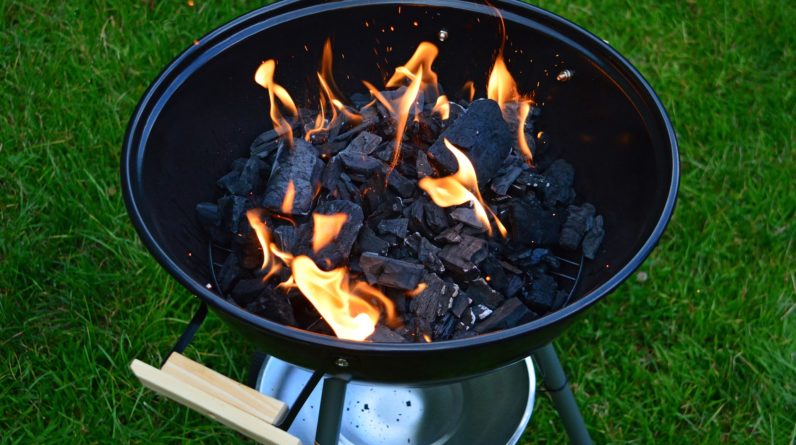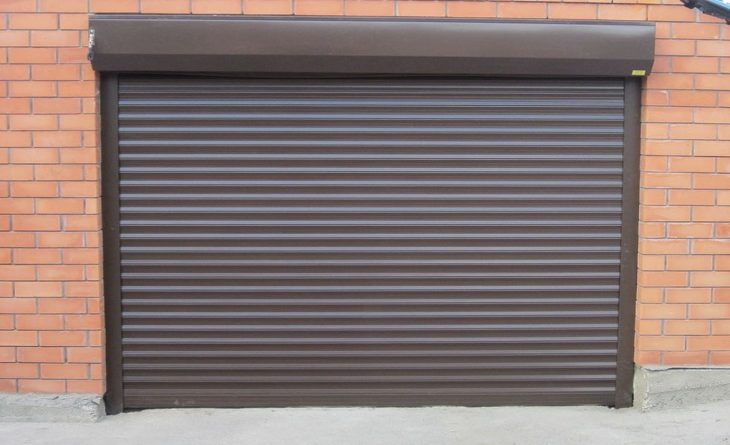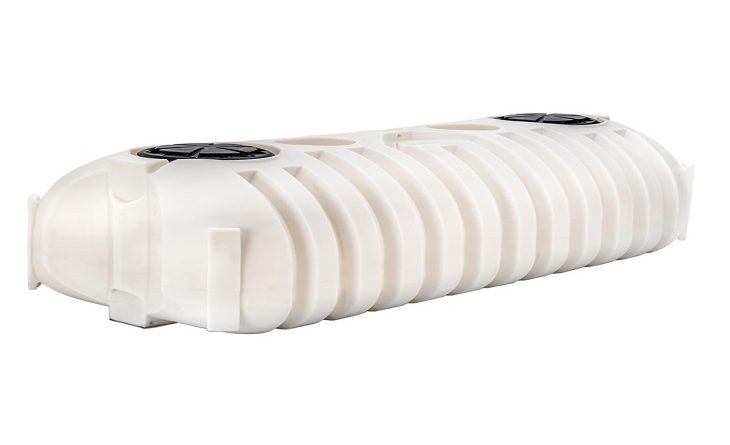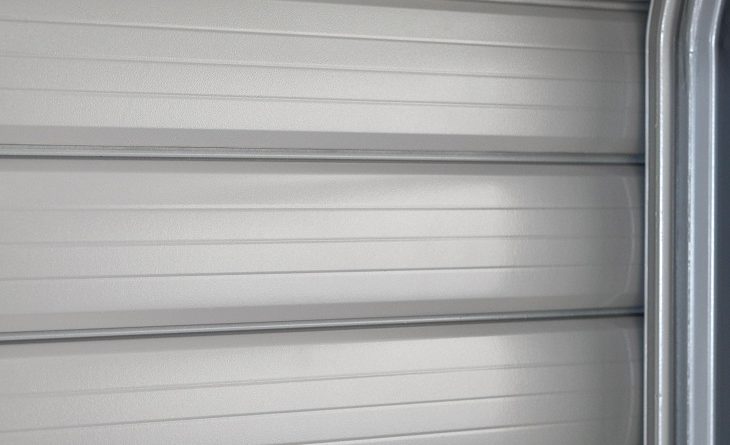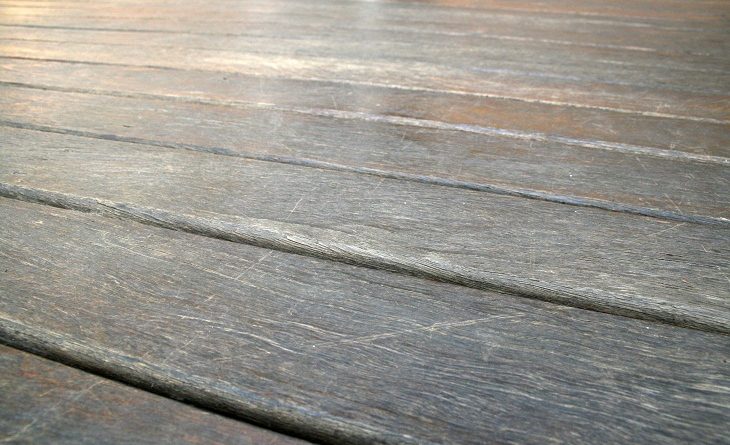
A deck is a versatile outdoor living space; you can install a hammock for relaxing, it can have a BBQ for hosting parties, or have a patio for passing the time with your family. These are some of the options you have when planning to construct a new deck in your backyard.
However, it would be best if you also considered some factors before you start construction. A large deck means that you can accommodate a vast gathering, while a small one is only useful for family meetings. More importantly, you have to decide the material you are going to use for construction.
The most four popular products used for constructing decks are wood, composite materials, synthetic lumber, and aluminium.
Wooden Decks
Wood is perhaps the most affordable product used for building decks. Although it requires high maintenance and regular washing and sanding, wooden decks can last for up to 30 years. Moreover, some woods like cypress and cedar are resistant to rotting, which further extends their lifetime.
Tropical hardwoods like ironwood and pine are renowned for their beauty and longevity, but they tend to be costlier than regular timber. Their nature makes them unsuitable for DIY projects, so you need to hire a seasoned contractor when building a deck.
Composite Decking
Composite decking materials are made using recycled products such as plastic bags and wood waste. It requires little maintenances, doesn’t need sanding or painting, and is resistant to weather elements. Even better, it is available in multiple styles and colours.
On the downside, composite decking can be slippery and susceptible to mildew. Also, you will need special fasteners to hold the boards together during construction. The best composite decking boards are those that contain polypropylene.
Synthetic Lumber
If you are looking for a decking material that will serve you for generations without significant degradation, it would be best to invest in synthetic lumber. Besides its durability, it also requires little maintenance and is environmentally friendly.
Synthetic lumber is made using materials such as polystyrene, polyvinyl chloride (PVC), and vinyl. These are not slippery and have inbuilt drainage systems that ensure that your deck remains dry in all weather conditions.
The assembly of synthetic lumber needs special tools that are only accessible to experienced contractors. If you opt for vinyl, make sure that it has integrated UV inhibitors to extend its lifetime.
The only shortcoming of synthetic lumber is that it cannot be used for structural support, meaning that you also need to purchase wood.
Aluminum Decking
The most significant advantage of aluminium over other decking materials is that it requires zero maintenance. Aluminium decks don’t need sanding, washing, or painting. More importantly, they are long-lasting and resistant to rust.
Additionally, aluminium sheets can be interlocked to prevent rain from dripping into your deck. This product is perfect for busy families who don’t have a lot of time to spend on maintenance routines.
Conclusion
Decking materials affect the environment because they are either made of plastic or require occasional chemical maintenance. If you care about the surroundings, consider getting sustainable products like reclaimed wood and recycled composite.
Lastly, it is essential to apply a sealant when building your deck, especially if you are using wood. Sealing ensures that wood maintains its outlook. Other protective measures include waterproofing, applying a mildewcide, and installing UV protection.
Read Also:
5 of the Easiest Plants to Grow for Your Pergola or Patio Area
5 Timber Decking Designs


